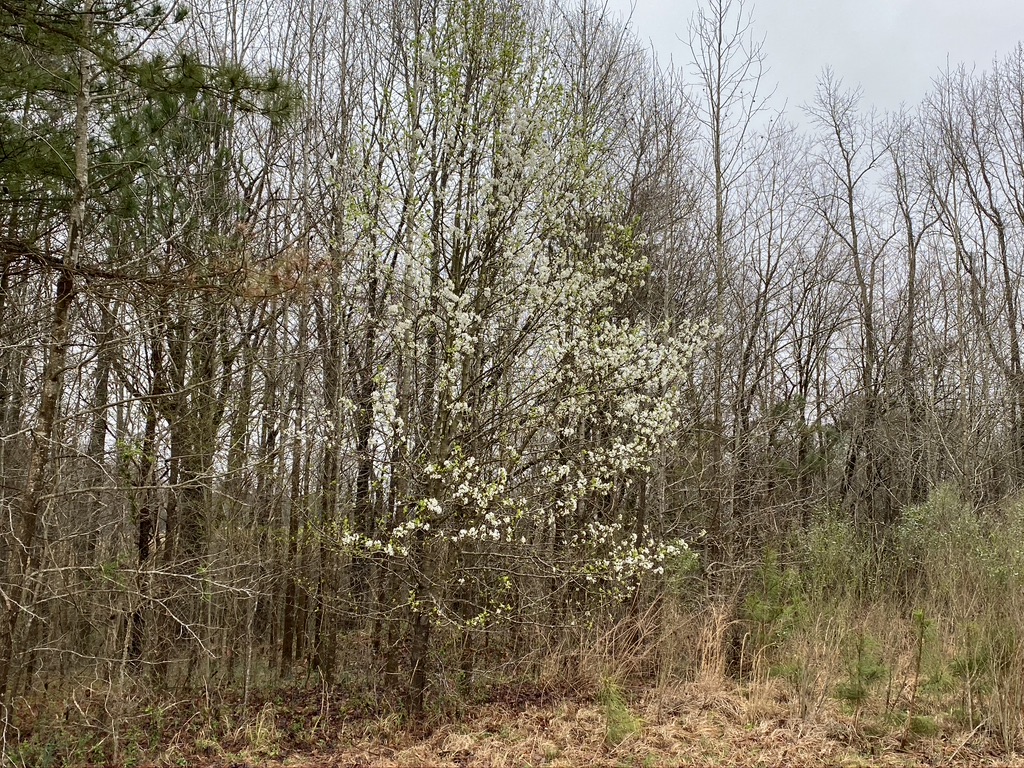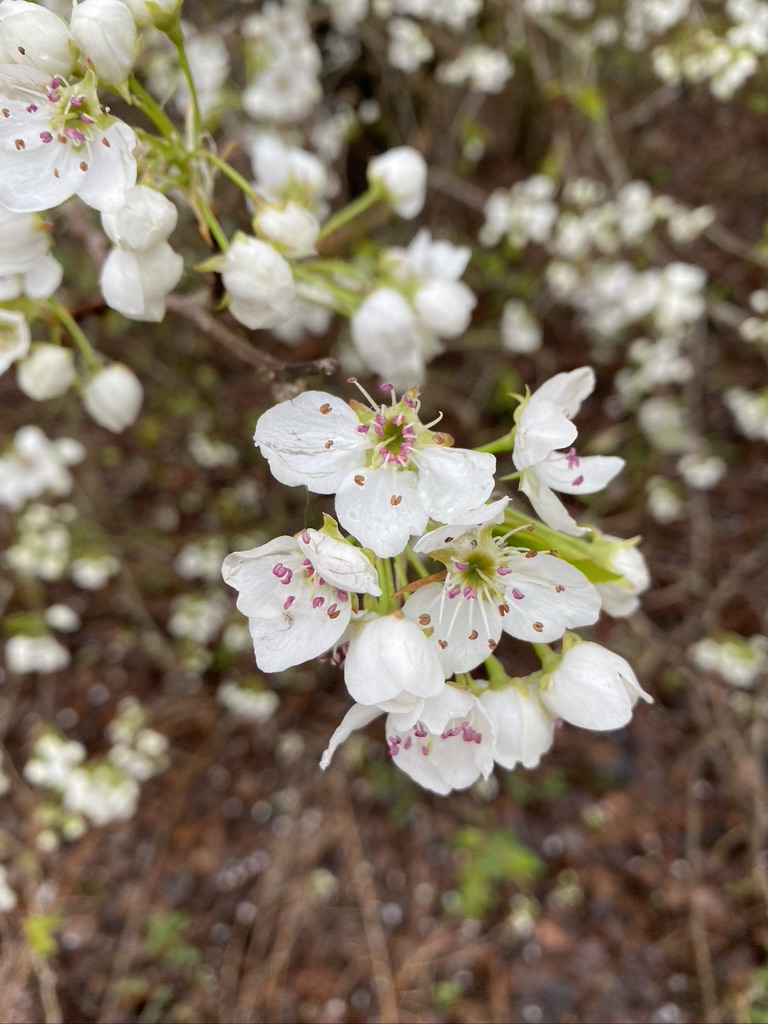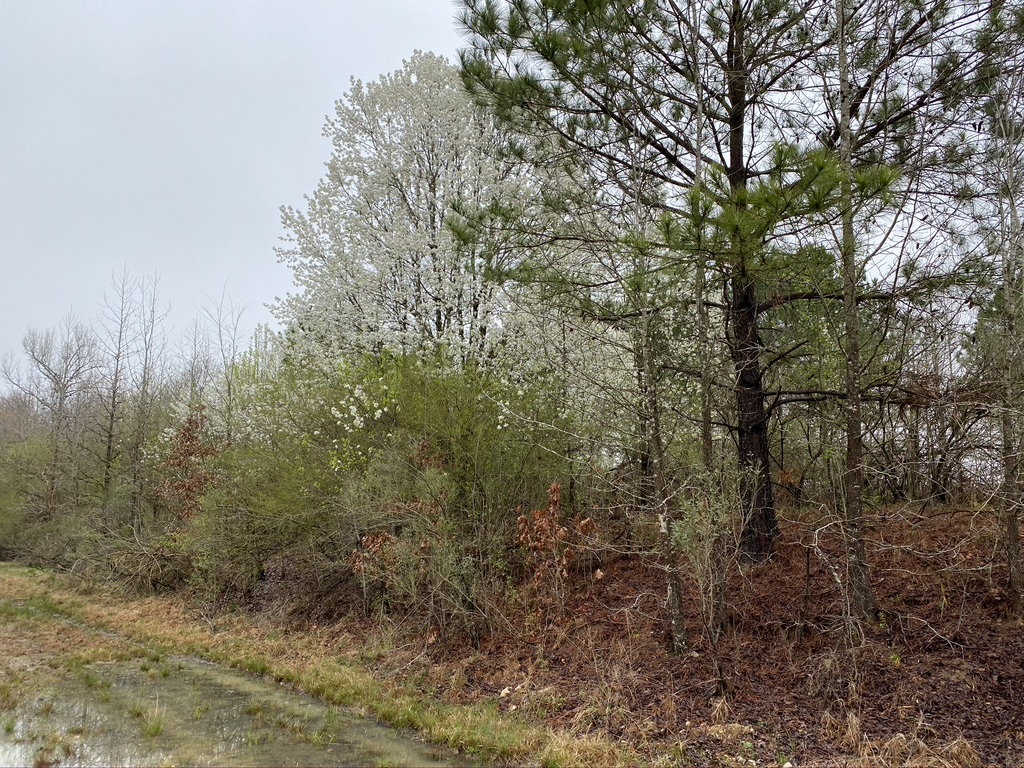Callery Pear – Please Beware!
go.ncsu.edu/readext?782685
en Español / em Português
El inglés es el idioma de control de esta página. En la medida en que haya algún conflicto entre la traducción al inglés y la traducción, el inglés prevalece.
Al hacer clic en el enlace de traducción se activa un servicio de traducción gratuito para convertir la página al español. Al igual que con cualquier traducción por Internet, la conversión no es sensible al contexto y puede que no traduzca el texto en su significado original. NC State Extension no garantiza la exactitud del texto traducido. Por favor, tenga en cuenta que algunas aplicaciones y/o servicios pueden no funcionar como se espera cuando se traducen.
Português
Inglês é o idioma de controle desta página. Na medida que haja algum conflito entre o texto original em Inglês e a tradução, o Inglês prevalece.
Ao clicar no link de tradução, um serviço gratuito de tradução será ativado para converter a página para o Português. Como em qualquer tradução pela internet, a conversão não é sensivel ao contexto e pode não ocorrer a tradução para o significado orginal. O serviço de Extensão da Carolina do Norte (NC State Extension) não garante a exatidão do texto traduzido. Por favor, observe que algumas funções ou serviços podem não funcionar como esperado após a tradução.
English
English is the controlling language of this page. To the extent there is any conflict between the English text and the translation, English controls.
Clicking on the translation link activates a free translation service to convert the page to Spanish. As with any Internet translation, the conversion is not context-sensitive and may not translate the text to its original meaning. NC State Extension does not guarantee the accuracy of the translated text. Please note that some applications and/or services may not function as expected when translated.
Collapse ▲As the temperature warms up and the days get longer in March, many of you have probably seen the white blooms scattered in the forest or perhaps in grown up

Invasive trees usually start on the edge of the forest and spread rapidly – Colby Lambert
fields as you travel in North Carolina. While these trees may look “pretty” as the landscape begins to green up, be aware that many of these are invasive plants in our native landscapes. Forest landowners need to get out and survey their forests for this invasive pest and take action while it is easy to spot them in bloom.
Callery pear (Pyrus calleryana) is native to China and Vietnam and was first introduced to the US in 1909, but was used in 1916 by the USDA for the development of fire blight resistance for the commercial pear industry.

Callery pear bloom – Colby Lambert
The ornamental cultivars such as ‘Bradford’ were developed in the 1950’s and were often grafted on to seed grown rootstocks. The rootstocks will often sprout and these shoots and the grafts can pollinate one another. When these plants spread in the landscape they are not a member of any cultivar, but are sexually reproducing populations consisting of multiple genotypes.
These spreading plants can form dense thorny thickets that can overtake native plant populations that cannot tolerate deep shade or compete with the fast growing invasive. They produce copious amounts of seed that can be spread by birds and small mammals. They have few pests and disease issues other than fire blight.

Invasive callery pear thorns can puncture tractor tires – Colby Lambert
Controlling these invasive plants will take time and perseverance on the landowner’s part. Glyphosate or triclopyr can be used to treat cut stumps immediately after removal. Triclopyr will work better than glyphosate, but is more expensive. Small stems, 4 inches in diameter or less, can be treated with triclopyr as a basal spray or foliar spray in the summer and should be effective. Flagging the trees during bloom period can help for control in other times of the year if needed. More information on hand applying forest herbicides can be found in the following publication, Accomplishing Forest Stewardship with Hand-Applied Herbicides.
There are look-alikes such as our native apple and crabapple and serviceberries. However, these are great substitutes to plant in the place of ‘Bradford’ pears in the landscape and will provide food for wildlife.

Callery pear along railroad right of way – Colby Lambert
References: Invasive – Callery Pear
Recommendations for the use of agricultural chemicals are included in this publication as a convenience to the reader. The use of brand names and any mention or listing of commercial products or services in this publication does not imply endorsement by North Carolina State University nor discrimination against similar products or services not mentioned. Individuals who use agricultural chemicals are responsible for ensuring that the intended use complies with current regulations and conforms to the product label. Be sure to obtain current information about usage regulations and examine a current product label before applying any chemical. For assistance, contact the N.C. Cooperative Extension Center in your county.


